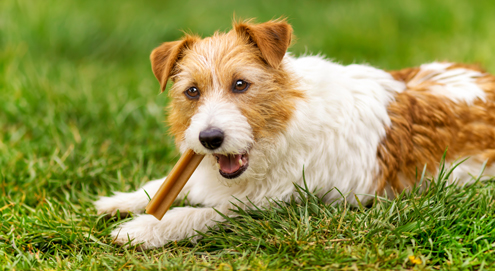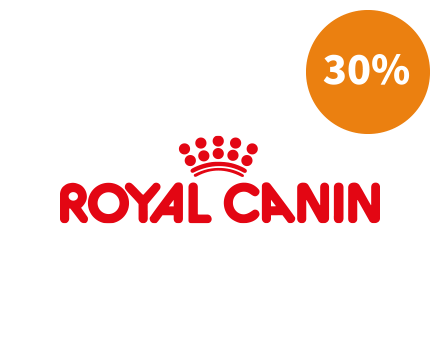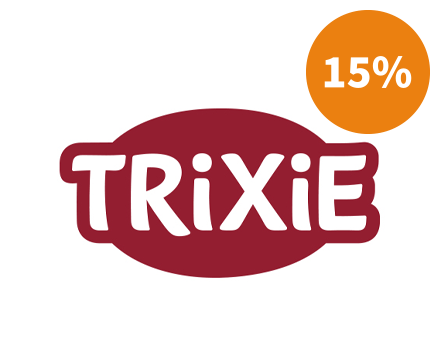
National Pet Dental Health Month
Dental problems in dogs and cats are more common than people think. Despite the fact that about 98% of vets recommend dog owners to clean their teeth, only about 2% actually apply this advice. In addition, research has shown that 80% of dogs older than three years have dental problems, while only 23% of dog owners indicate that their four-legged friend has a dental problem. To raise national awareness for this problem, February has been declared National Pet Dental Health Month.























